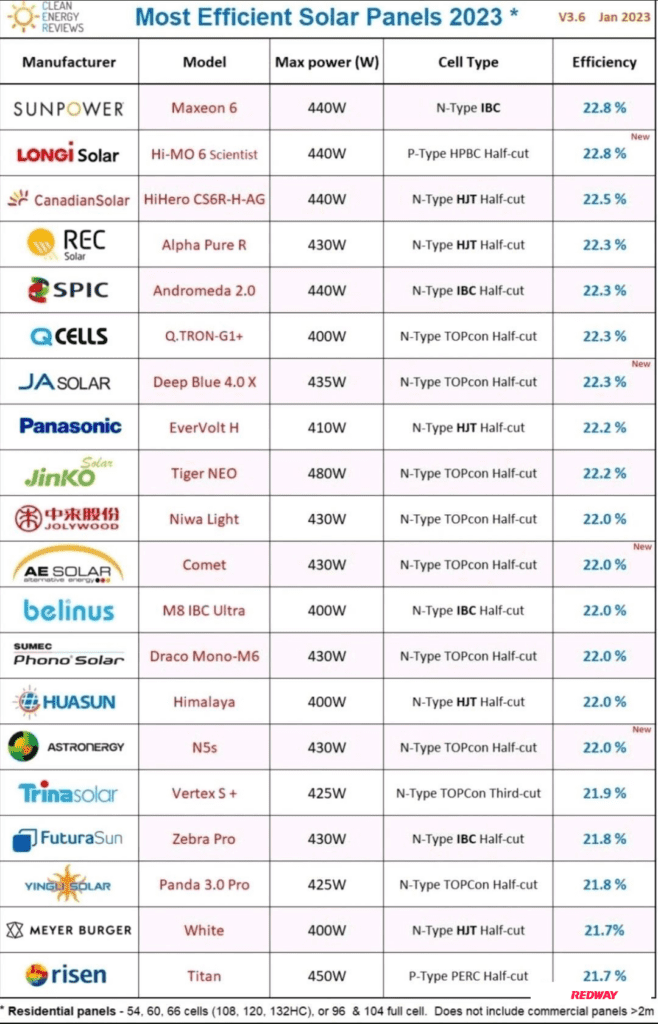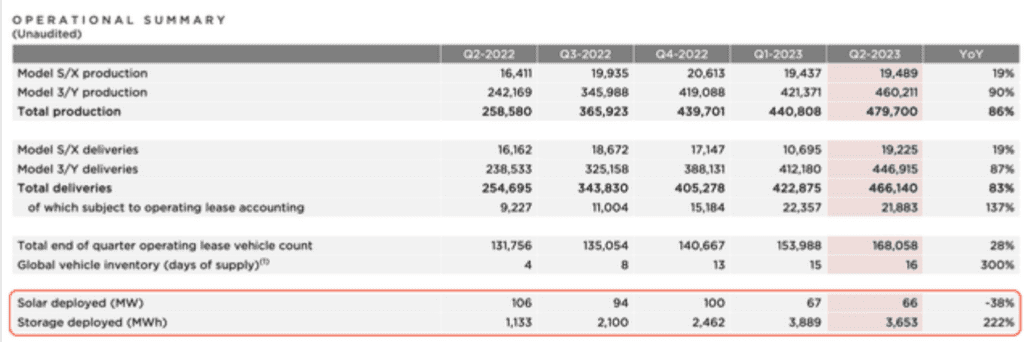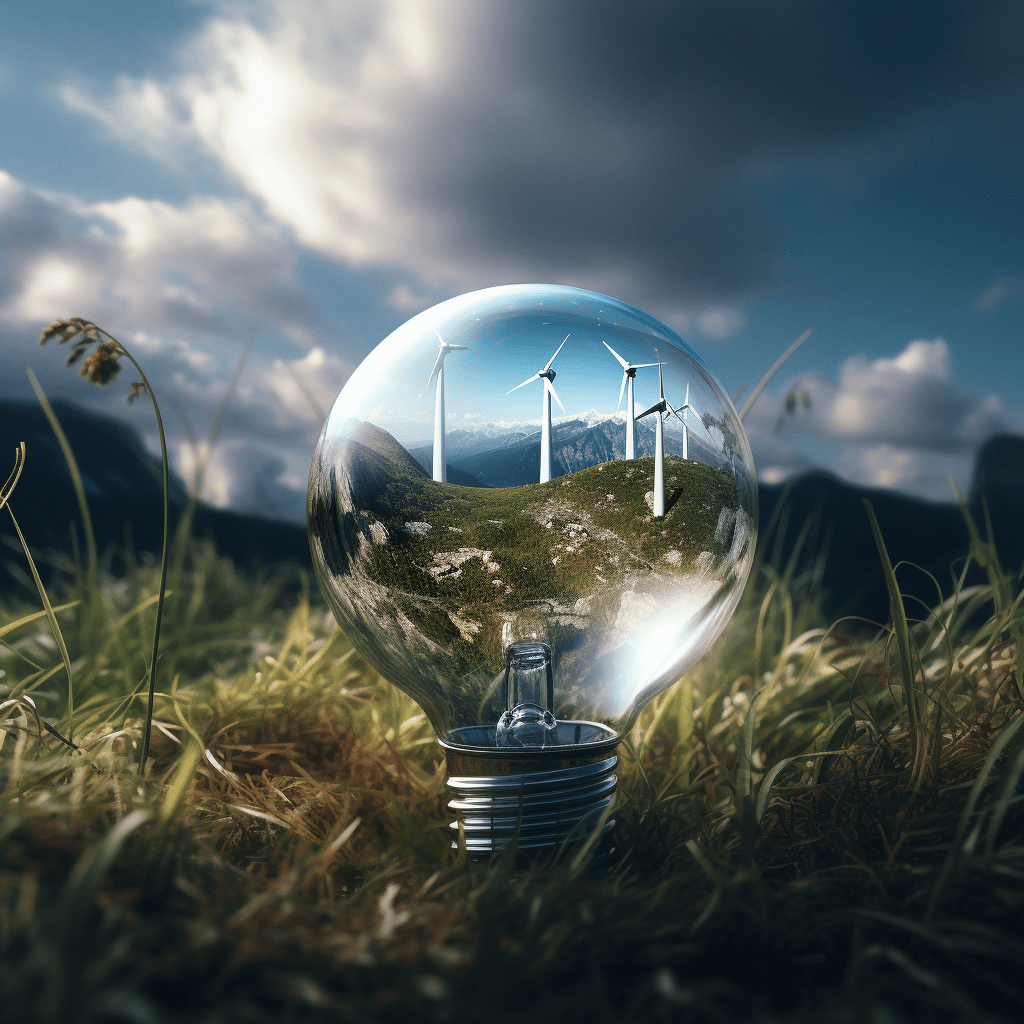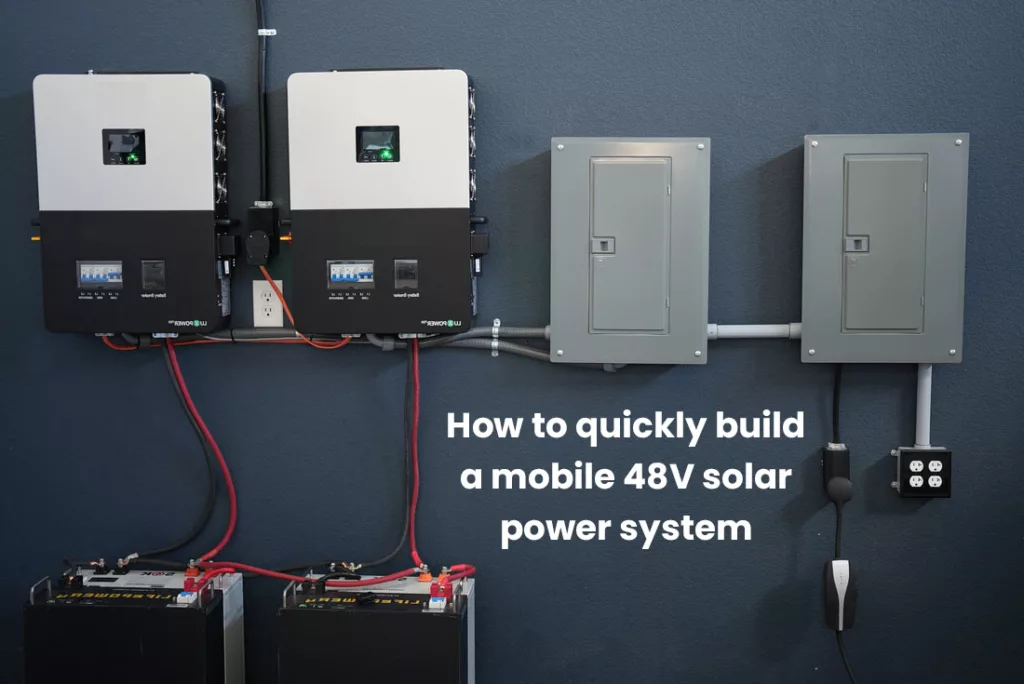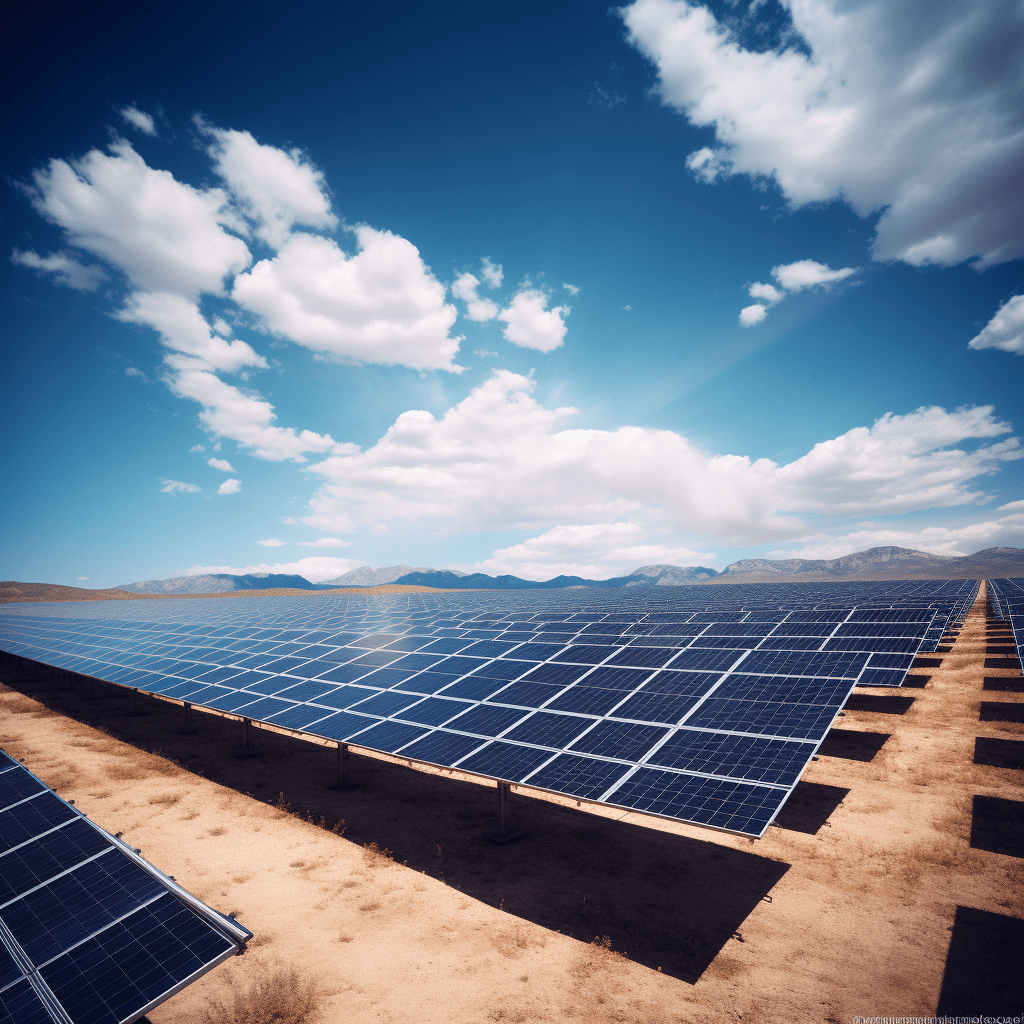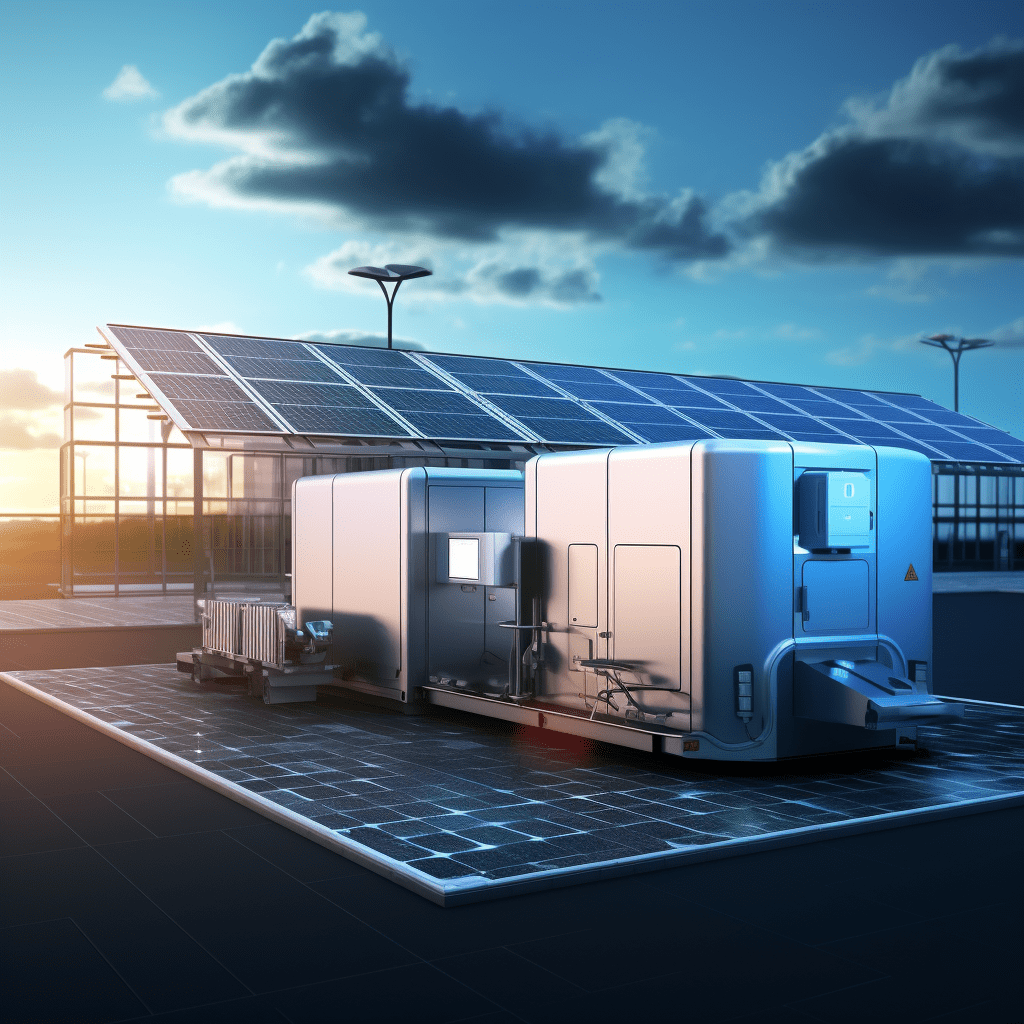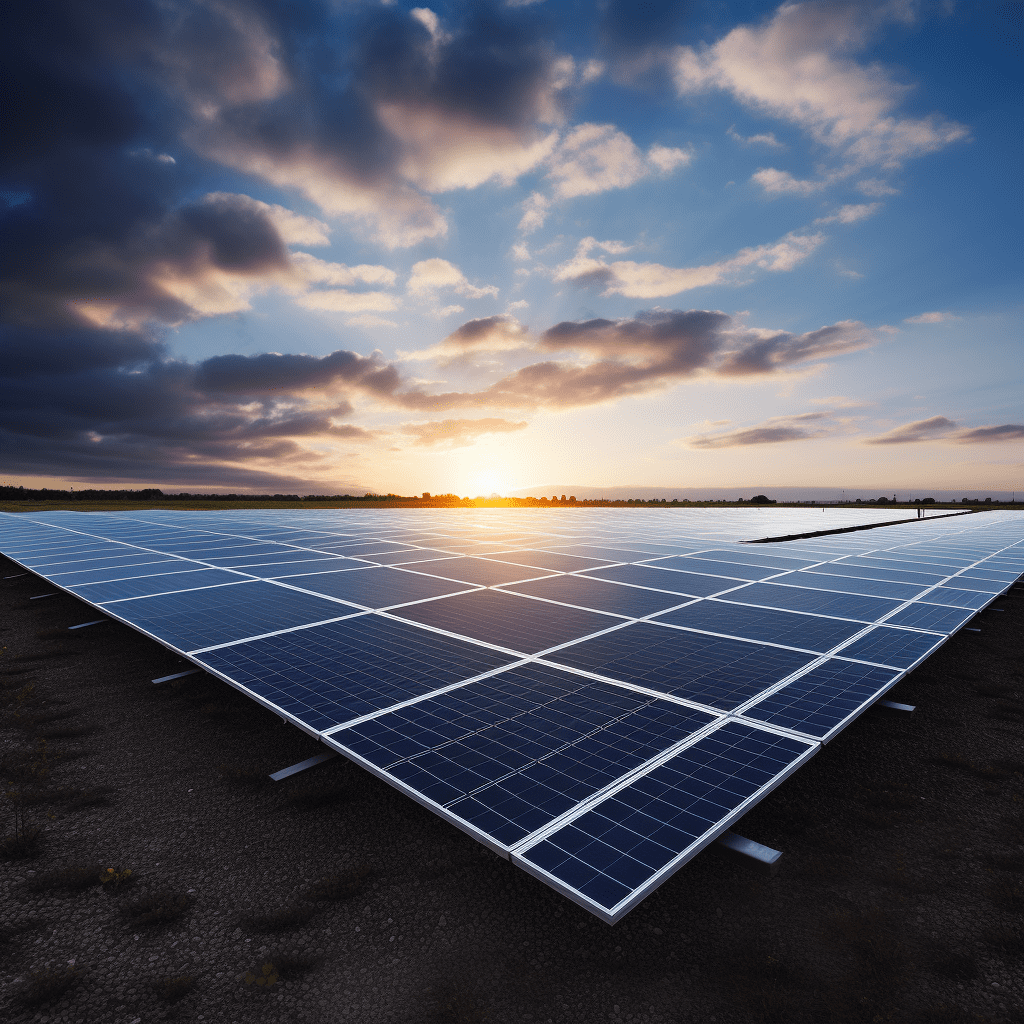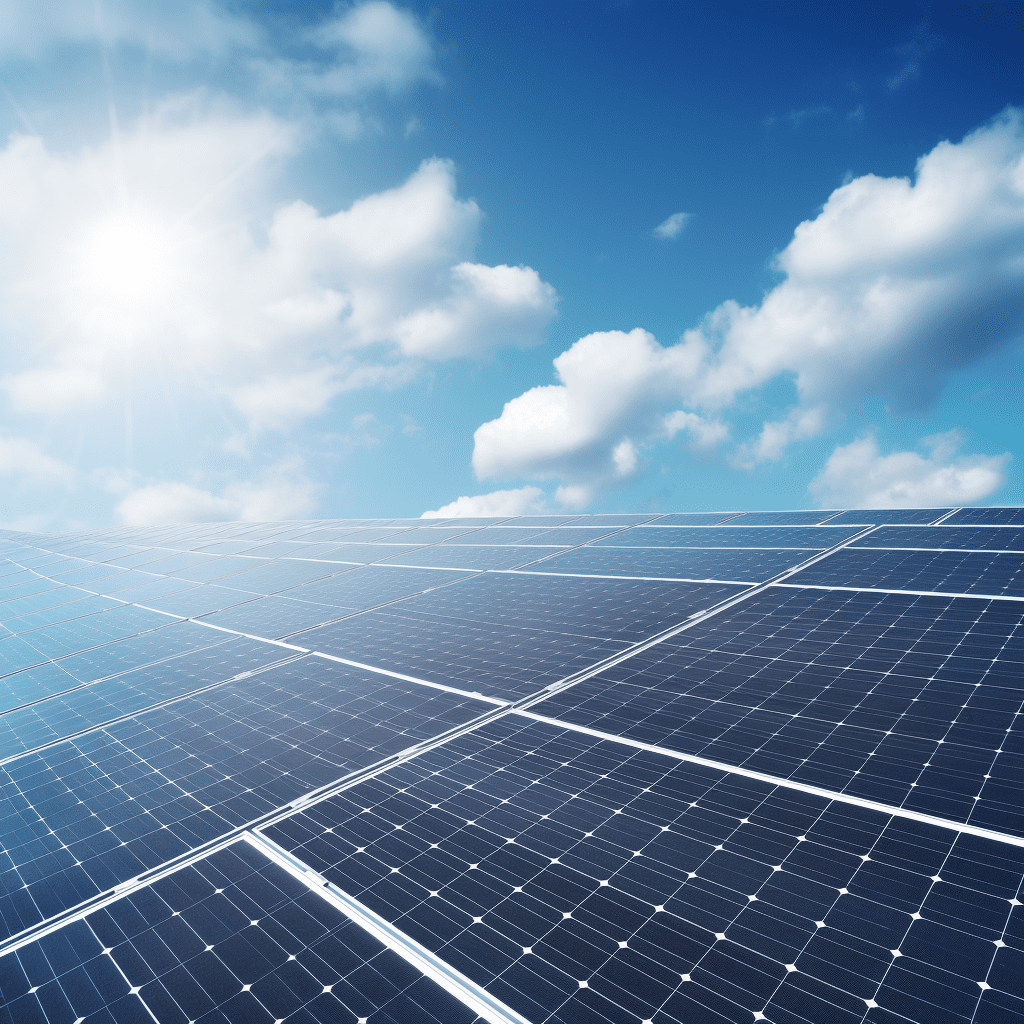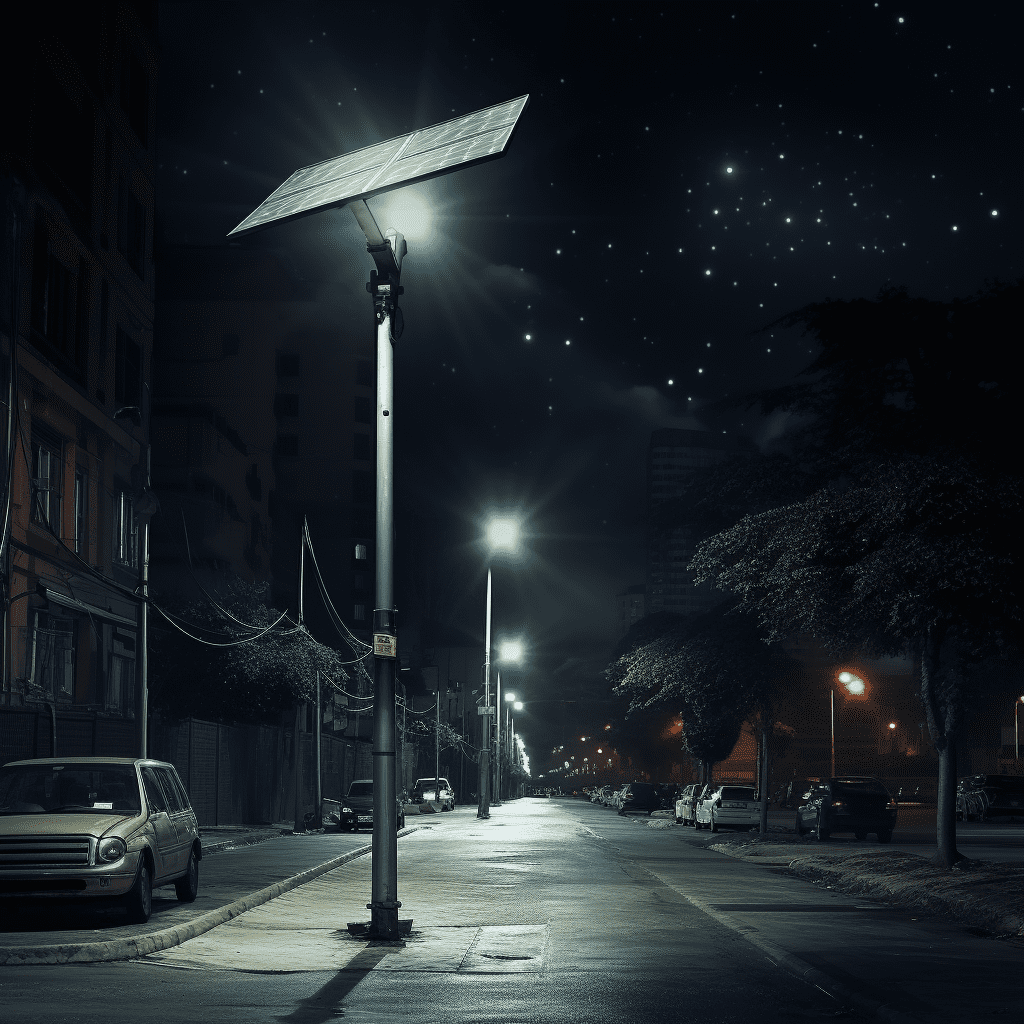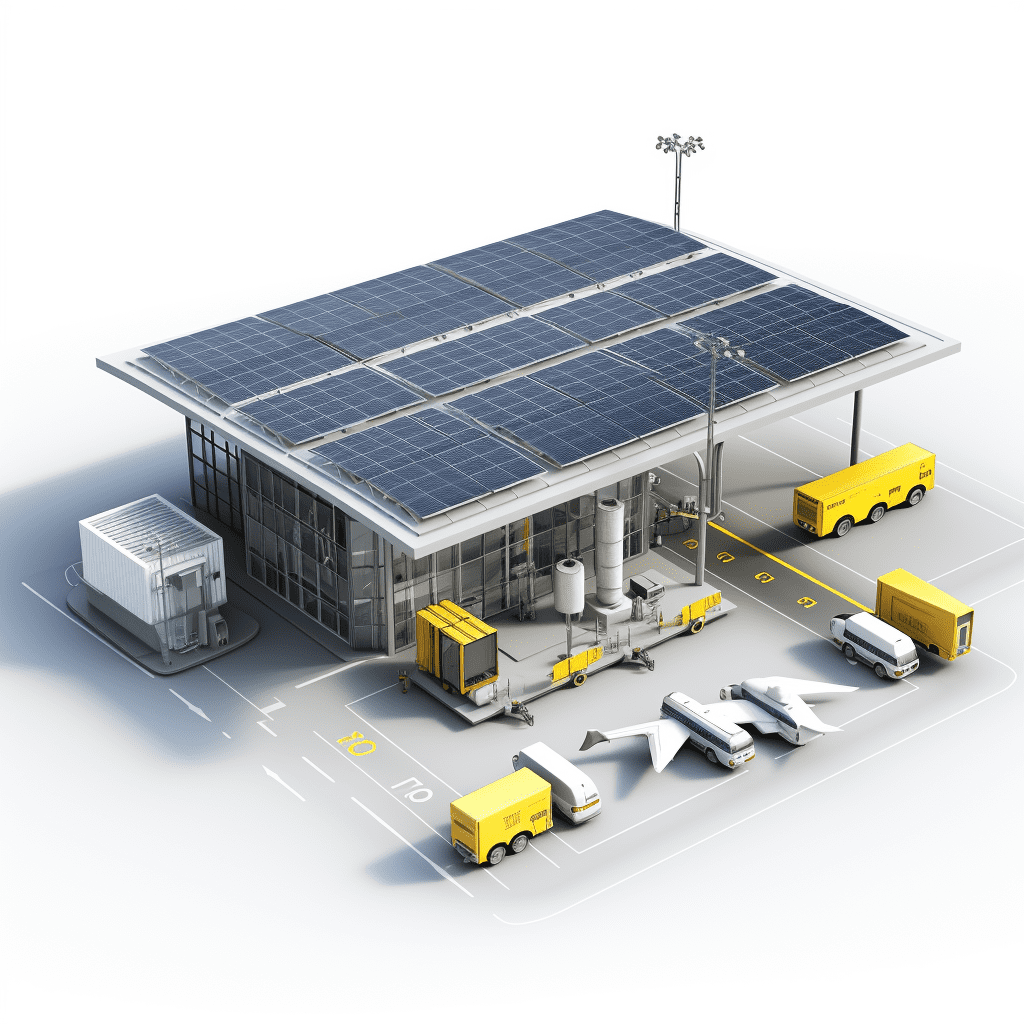Combining the forces of wind turbines and solar panels can create a highly efficient and reliable stand-alone energy source. By utilizing the strengths of both solar and wind power, a wind turbine and solar panel combination system provides a consistent power supply even when one resource is not available. In this article, we will delve into the concept of a wind solar hybrid system, explore the installation process, discuss how to optimize its output, and examine its advantages and disadvantages.

#post_seo_title
What is a Wind Solar Hybrid System?
A wind solar hybrid system is a power generation method that combines solar panels and wind turbines with storage batteries. This system ensures a continuous power supply by utilizing both solar and wind energy, even during periods of low sun or wind. With capacities typically ranging from 1 kW to 10 kW, these hybrid systems offer a dependable and steady source of energy.
How to Install a Wind Turbine and Solar Panel Combination?
Installing a wind turbine and solar panel system is similar to setting up either system alone, with one key difference – the charge management board. It is crucial to ensure that the charge control unit can be used with both wind turbines and solar panels, unless you purchase a wind and solar hybrid kit that includes a compatible controller. Unlike solar panels, wind turbines require an outlet to safely release surplus power. If the output of your solar panels exceeds your demand, the system achieves balance and discards the incoming power. However, wind turbines will continue to generate power as long as there is wind, which can potentially damage the batteries. To avoid this, a hybrid charge controller is used to charge the batteries from both the turbines and panels.
How to Enhance the Output of a Wind Turbine and Solar Panel Combination?
To maximize the output of a wind turbine and solar panel combination, strategic placement is crucial. Solar panels should be combined with a timer to ensure maximum sun exposure throughout the day. Wind turbines, on the other hand, perform better when installed at higher heights to capture faster airflow. It is important to consider any zoning and permitting requirements and the unique topography and natural features of your property when configuring your system.
What are the Components of a Wind Solar Hybrid System?
The main components of a wind solar hybrid system include a wind turbine and tower, solar photovoltaic panels, batteries, wires, a charge controller, and an inverter. The wind turbine, mounted on a tower at least 18 meters above the ground, benefits from higher wind speeds. The solar panels generate DC power, which can be stored in batteries, used to power DC loads, or converted into AC power through an inverter.
What is the Working Principle of a Solar Wind Hybrid System?
The working principle of a solar wind hybrid system involves combining the energy generated by solar panels and wind turbines. A solar wind composite power inverter is used to charge batteries from both AC generators and convert the power for use in AC appliances. The excess power is filtered and stored in a battery bank, ensuring a continuous power supply even when neither the wind nor the solar system is producing power. In cases where the batteries run out of electricity, an engine generator driven by conventional fuels can provide power and replenish the batteries.
What are the Advantages of a Wind Turbine and Solar Panel Combination?
1. Continuous Power Supply: A wind turbine and solar panel combination system provides uninterrupted power by storing energy in batteries. This ensures a constant power supply, even during power outages.
2. Optimal Use of Renewable Resources: The system efficiently utilizes renewable energy by storing excess power generated on bright days for use on overcast days or at night.
3. High Productivity: Unlike traditional generators, hybrid systems produce power efficiently in all weather conditions, without wasting fuel.
4. Load Management: Hybrid systems can automatically adjust the energy supply based on the power requirements of specific equipment, maximizing efficiency.
What are the Disadvantages of a Wind Turbine and Solar Panel Combination?
1. Complex Control Process: Managing multiple energy sources and their interactions can be challenging.
2. Shorter Battery Life: Exposure to harsh weather conditions can reduce the lifespan of batteries connected to the system.
3. Higher Installation Costs: While maintenance costs are minimal, the initial investment for a hybrid solar energy system is higher compared to solar systems alone.
4. Limited Device Connectivity: A hybrid solar energy system can only connect a limited number of devices, depending on the system.
Top 10 Questions and Answers for Practitioners in the Energy Storage or Solar Industry:
1. Can a wind turbine and solar panel combination system completely replace reliance on the grid?
– While a wind turbine and solar panel combination system can provide a significant amount of power, it may not be sufficient to completely replace grid reliance, especially during periods of low wind and sunlight. It is advisable to have a backup power source or remain connected to the grid.
2. How can I determine the optimal capacity for a wind solar hybrid system?
– The optimal capacity of a wind solar hybrid system depends on factors such as your energy consumption, geographical location, and the availability of wind and sunlight. Consulting with a renewable energy expert can help determine the appropriate capacity for your specific needs.
3. Are wind turbines noisy?
– Wind turbines do produce some noise, but advancements in technology have significantly reduced their noise levels. It is important to consider local regulations and any noise restrictions when installing a wind turbine.
4. How often do wind turbines require maintenance?
– Wind turbines require regular maintenance to ensure optimal performance. This includes inspections, cleaning, and occasional repairs. The frequency of maintenance depends on factors such as the turbine model, environmental conditions, and usage.
5. Can a wind turbine and solar panel combination system be installed in urban areas?
– It is possible to install a wind turbine and solar panel combination system in urban areas, but it is essential to consider local regulations and restrictions. Wind turbines typically require a certain distance from buildings and have height limitations.
6. What is the lifespan of a wind turbine?
– The lifespan of a wind turbine depends on various factors, including the quality of the turbine, regular maintenance, and environmental conditions. On average, wind turbines have a lifespan of 20-25 years.
7. Can I use the power generated by a wind turbine and solar panel combination system to charge electric vehicles?
– Yes, the power generated by a wind turbine and solar panel combination system can be used to charge electric vehicles. However, it is important to consider the capacity of the system and ensure it can meet the energy demands of both the household and the electric vehicle.
8. Are there any government incentives or subsidies for installing a wind solar hybrid system?
– Many governments offer incentives and subsidies to encourage the installation of renewable energy systems. It is recommended to research the specific incentives available in your region and consult with local authorities or renewable energy organizations.
9. Can a wind turbine and solar panel combination system be connected to a smart home system?
– Yes, a wind turbine and solar panel combination system can be integrated with a smart home system. This allows for enhanced monitoring and control of energy usage, as well as the ability to optimize energy consumption based on real-time data.
10. What is the payback period for a wind solar hybrid system?
– The payback period for a wind solar hybrid system varies depending on factors such as installation costs, energy savings, and any available government incentives. On average, the payback period ranges from 5 to 15 years.


